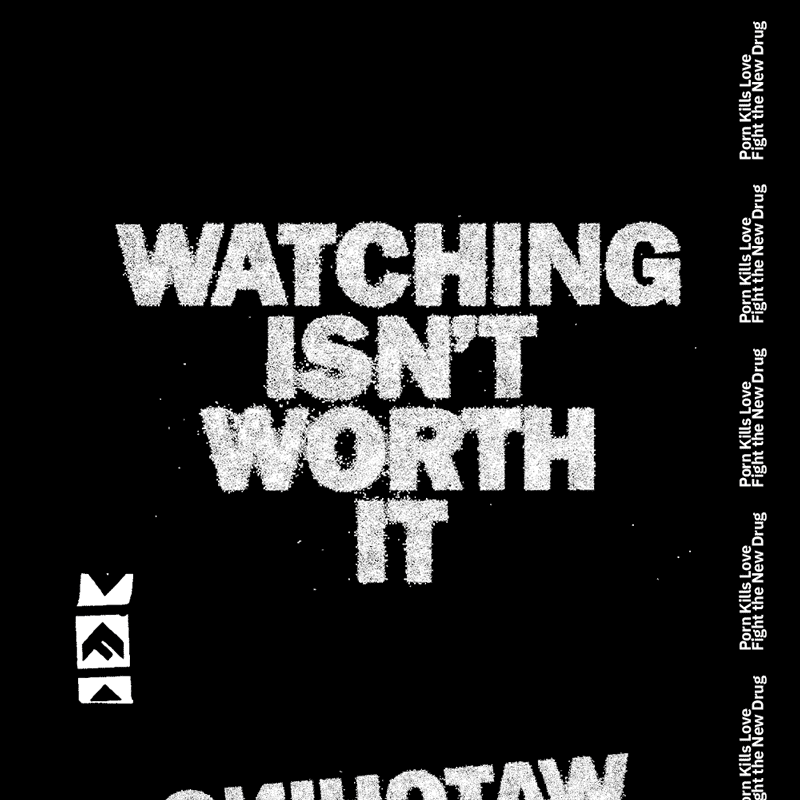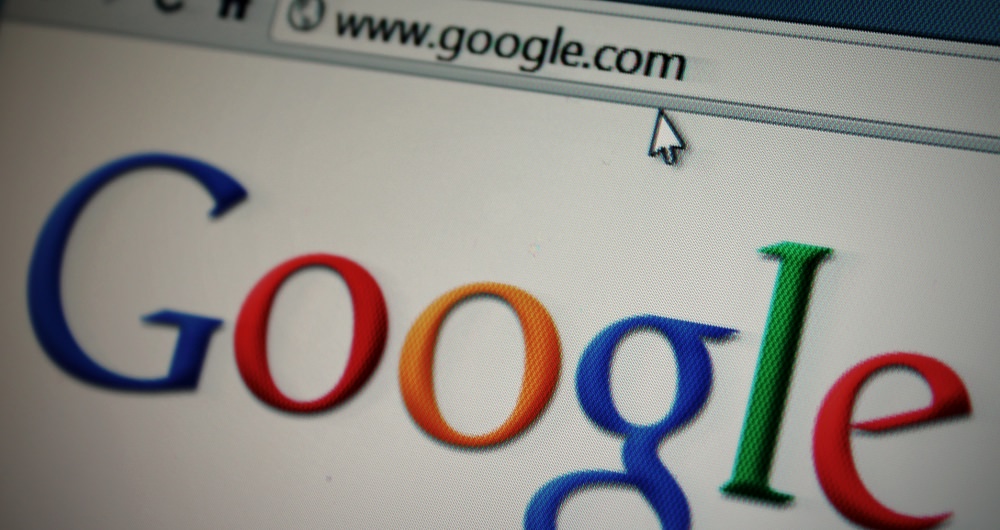Research shows that what’s assumed to be “private” browsing on leading porn sites is often anything but.
In a 2019 study conducted by Microsoft and others, researchers analyzed 22,484 of the most visited porn websites and found that an astounding 93% were leaking data to a third-party entity.
On the receiving end of the data were online advertisers, social media platforms, and web analytics providers like Google, Facebook, Oracle, and Cloudflare.
To simplify the data, trackers from these companies are collecting “sexual profiles” of users/visitors by logging into their most personal browsing details.
Related: How The Porn Industry Profits From Privacy Violation And Voyeurism
According to the report, users are even being watched when in private browsing windows or incognito mode. Private browsers are designed to erase footprints in a browser’s local history, but won’t isolate the user from these web trackers—contrary to what many users assume.
How cookies are used to track user data on porn websites
The research team consisting of Dr. Elena Maris, a postdoctoral researcher at Microsoft, Jennifer Henrichsen, Ph.D. candidate at the University of Pennsylvania, and Tim Libert, a Carnegie Mellon computer science instructor, recently published the study titled “Tracking sex: The implications of widespread sexual data leakage and tracking on porn websites.”
According to their research, “Only 17% of sites are encrypted, allowing network adversaries to potentially intercept login and password details.” They also found that 79% of the data was transmitted to outside entities via tracking cookies placed on the pages users visited.
Cookies are bits of text downloaded by your web browser when you visit a site. Trackers can also come in the form of invisible embedded pixels on a screen. These trackers can help sites identify and classify repeat visitors, keep you logged onto a site, or record your preferences to create a personal marketing profile that’s used for targeted advertising.
Related: Porn Kills Hard Drives: How Hackers Steal Porn Consumers’ Info Every Day
Third-party code embedded in websites that collect, use, and share user data is a fairly standard and generally accepted practice in today’s digital landscape. (You may have noticed pop-ups when you land on a webpage asking you to accept the use of cookies or information about trackers on a website’s privacy policy).
So what’s the big deal if this practice is seemingly common?
User data tracked from porn sites could be used to exploit
Advertisers and platforms that place their trackers on websites argue that the data they collect is anonymous. While some may be basic (like the device used to browse), other information like I.P. addresses or a phone’s advertising identification number can potentially be used in harmful ways.
“The fact that the mechanism for adult site tracking is so similar to, say, online retail should be a huge red flag,” Dr. Maris said. “This isn’t picking out a sweater and seeing it follow you across the web. This is so much more specific and deeply personal.”
And when it comes to pornographic browsing, there are even deeper risks to consider.
Even if the user data collected from porn sites isn’t used for targeted ads—as both Google and Facebook claim—revealing, extremely personal browsing information in the form of URLs the user has accessed can still end up in company logs.
Recording user-visited URLs is a normal tracking behavior for analytics providers, but the structure of URLs on porn sites can be particularly problematic because they often reveal the nature of the content the user was viewing.
Related: Digital Fingerprints: How The Porn You Watch May Be Watching You
In the study, researches found that nearly 45% of pornography URLs “expose or strongly suggest the site content” which may reveal a visitor’s sexual preferences, sexual identity, or orientation that users would most likely want to be kept private.
The researchers shared, “The extent to which gender and sexual interests could be inferred from the site URLs demonstrates the troubling potential for the tracking and disciplining of sexual interests labeled non-normative.”
What’s especially concerning is if the data were to end up in the wrong hands—potentially as a means to discriminate or exploit—with little or nothing consumers could do to fight back.
The lack of transparency about tracking practices
The researchers also found that, of the 22,484 top porn sites analyzed, a mere 17% had a privacy policy indicating that the website shared user data with third parties—and the privacy policies that were found were extremely difficult for visitors to understand.
“Policies have an average word count of 1,750 and take seven minutes to read. The policies were written such that one might need a two-year college education to understand them.”
In addition, among the sites that did set up a privacy policy, only 11% of third-parties seen tracking users on those sites were listed in the policy—meaning the majority of tracking that happens still isn’t disclosed to users.
It’s obvious that the reality of such tracking on porn sites is intended to either be difficult for users to understand or hidden from them altogether. But why?
According to Maris, the power dynamics between these entities and their users are significantly unbalanced. “As in any sexual interaction, silence must not be mistaken for consent. Individuals should have a clear understanding of the power dynamics of the sexual exchange they are entering when visiting porn sites…You have some of the world’s most powerful companies here.”
Researchers identified 230 companies that tracked users on the 22,484 adult sites analyzed, but there were a few key entities that aggregated most of the data.
Google-related trackers were found on 74% of the sites analyzed, followed by companies like Oracle (24%) and Facebook (10%).
Ironically, entities like Google and Facebook that claim not to permit pornographic content of any kind on their platforms are tracking user data from porn sites.
Related: Facebook Asks Users From Around The World To Upload Their Nude Pics To Stop Revenge Porn
The researchers observed, “Google refuses to host porn, but has no limits on observing the porn consumption of users, often without their knowledge.”
In a recent statement, a Google spokeswoman shared, “We don’t allow Google Ads on websites with adult content and we prohibit personalized advertising and advertising profiles based on a user’s sexual interests or related activities online. Additionally, tags for our ad services are never allowed to transmit personally identifiable information to Google.”
Facebook offered a similar explanation, claiming that it blocks and doesn’t collect information from porn sites, and that the company’s community guidelines don’t allow sex websites to use the company’s tracking tools for business purposes.
Still, Facebook’s pixel tracker is open for any third-party to install on its website without permission required to embed it.
So the question still remains unanswered—if these companies claim not to host sexual content on their platforms, why are they collecting such sensitive information—whether intentionally or unintentionally? And how is their aggregated user data being used?
The porn industry capitalizes on and facilitates privacy violation
It’s clear that in today’s tech landscape, digital privacy is a huge concern while it’s increasingly threatened and often disregarded. It’s also evident that even the most popular porn websites aren’t always secure or concerned about the privacy and protection of visitors.
The mass collection of personal information—no matter how invasive—has become standard practice online, and the porn industry is no exception.
There seems to be little or no regard on the part of the porn industry for the consent of consumers—or for many performers involved in porn production, for that matter. This is yet another example of how porn is harmful, and watching isn’t worth it. This is why we encourage everyone to consider before consuming.
The growing amount of research confirming porn’s harm to individuals, relationships, and society shows that consuming isn’t worth the risk. Refuse to browse, help stop the demand for sexual exploitation, and keep your private information safe all by refusing to click porn.





